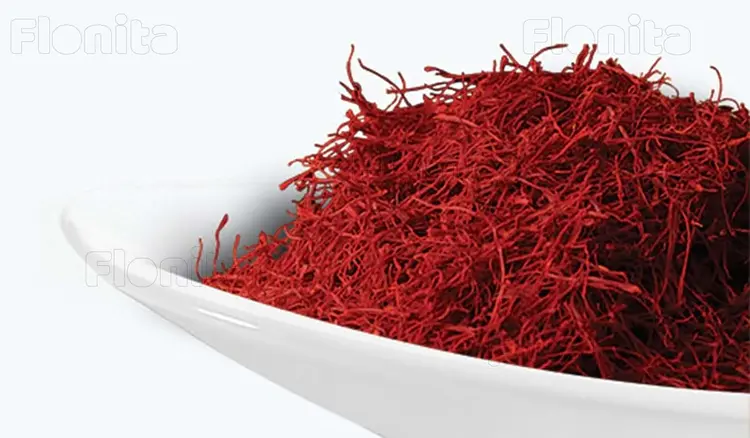The Best Way To Lease The Color And Aroma Of Saffron
Regarding spices, saffron is one of the most exotic. It adds a rich orange color to dishes such as paella and risotto and has a spicy, slightly bitter taste that adds complexity to any recipe. However, if you want to get the most out of your saffron, it's essential to prepare it to draw the flavor and color out of the threads.
Measure the saffron threads. Your recipe usually tells you how much saffron to use, but some general rules are good to know. Saffron is generally measured in grams, the number of threads, or "pinches." A "pinch" typically means 20 medium-sized threads of saffron. Use a food scale or count the threads to measure out the saffron.
Adding too much saffron can lead to an overpowering taste and aroma, which can negatively impact the balance of flavors in a dish. You can always add more if the taste and color don't satisfy you.
Counting the saffron threads usually offers the most accurate measurement.
If you're adding saffron alone, the rule is to add three strands for each person you're serving. Three strands are approximately ½ teaspoon.
Crush the threads. For saffron to shine in your dish, you need to ensure that its flavor and color are released. The quickest way to do that is to break down the threads. Saffron threads are delicate, so it's easy to crush them with your hand. Use your thumb and forefinger to grind the threads into pieces gently. However, if you prefer a more uniform look to the pieces of saffron in your recipe, use a mortar and pestle to crush the threads.
Crushing saffron for use in recipes typically works best if you're making a recipe with water or another cooking liquid, such as risotto or paella.
Remember that crushing saffron by hand or with a mortar and pestle isn't attractive because the threads are no longer intact. However, you can still get a strong flavor, aroma, and color from crushed saffron.
Add to your dish. Once you've crushed the saffron threads, mix them into your recipe. It's best to add crushed saffron as early as possible in the cooking process. That way, there's enough time for its flavor to infuse the other ingredients and its color to deepen the recipe.
Ensure there's some liquid in your pot or pan before mixing the crushed saffron threads.
Heat a liquid of your choice.
If you're making a recipe that calls for some type of liquid, such as chicken stock, milk, or white wine, pour enough of the liquid into a pan or pot to cover the amount of saffron you use. Next, heat the liquid on the stove until it's hot. Be careful not to bring it to a boil, though.
You can use plain water if your dish doesn't necessarily call for liquid.
Soak the saffron threads. The most effective way to draw the flavor and color out of saffron is to submerge them in a hot liquid, so you want to soak them thoroughly before adding them to your recipe. Letting it sit in the liquid for 10 to 20 minutes is enough to prepare the saffron.
Soaking the saffron before adding it to your recipe is the best way to ensure that it's distributed evenly throughout the dish.
You can usually tell your saffron has soaked long enough when the liquid gives off a strong aroma.
You can crush the threads by hand or with a mortar and pestle before soaking them, but using the whole strands can add an attractive look to your dish.
If you want a robust flavor and color from your saffron, try soaking the threads in room-temperature water overnight. Then, add them to warm chicken stock, milk, wine, or another liquid before adding them to your dish.
Mix the liquid into your dish. When it comes time to add the saffron to your recipe, you don't just want to remove the threads from the liquid and mix them in. Instead, add all the liquid to get a deeper, richer flavor that permeates the entire dish. Typically, the best time to add the saffron liquid is near the end of cooking, but follow the instructions in your recipe.
You can strain the threads and add only the liquid to your dish if you prefer, but that's usually only necessary if you're making a recipe that should have a clear appearance, such as jelly.
If you plan to leave the threads in your recipe, there's no need to cut or chop them. The intact threads can add texture and visual interest to your dish.
Hamed Biglari
Assistant Professor of Environmental Health Engineering in Gonabad University of Medical Sciences, Razavi Khorasan, Iran




1 Comments
Mahsima
Hi
Very nice subject
Thk
👌👌👌
Your Comment
Required fields*